While in the previous article I was focusing on joining beaded motifs with each other, in this article I’ll show you how to add clasps, earring hooks, and glass components in metal settings like drops and crystal connectors to your beadwork. The joints made of seed beads work in the same way for all of these, and even for crystal pendant drops, so all you need to learn are two simple tricks, so you can make neat, professional, long-lasting joints for all the components you use!
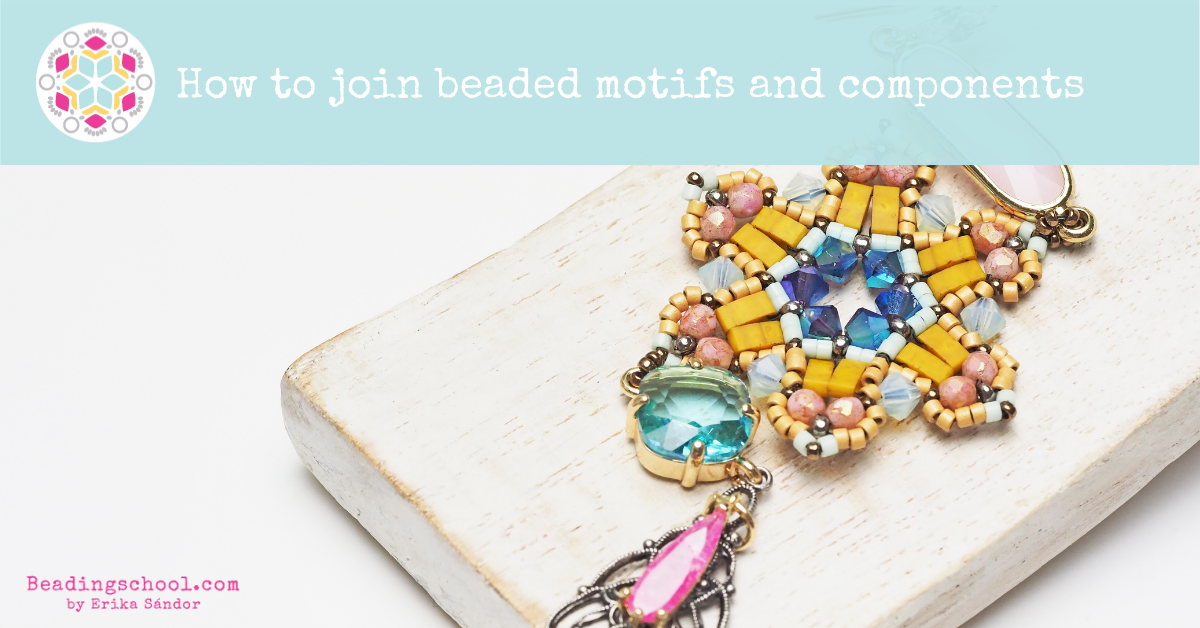
How to join beaded motifs and components
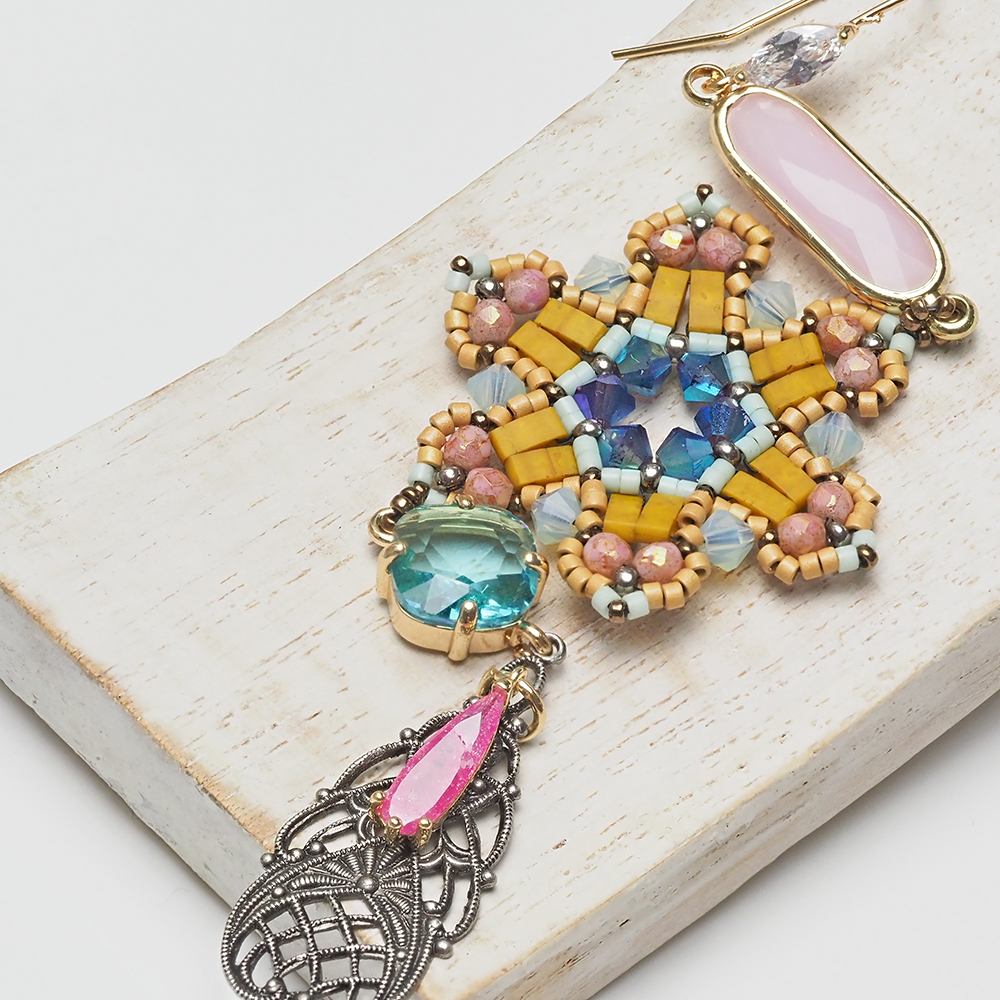
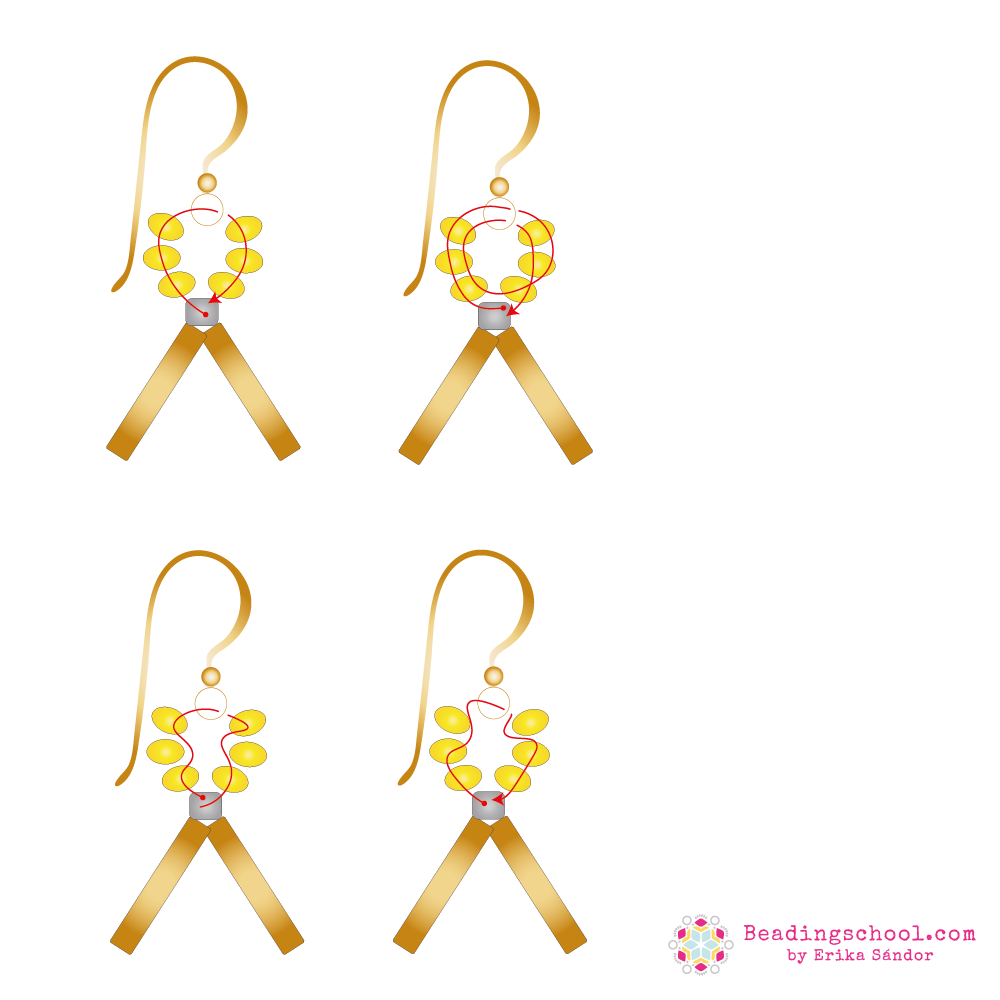
Adding a component with the hole from right to left
This is definitely the easiest case of joining components, however, there are some little tricks that will make sure that you can do this not only technically correct but also nice and elegant.
After beading through the seed bead where you’d like to attach the loop (let’s call this the joint bead), pick up a sufficient number of size 15/0 seed beads, bead through the loop, and pick up the same amount of seed beads as before the loop. You might need to adjust the number of seed beads depending on the component, and always make sure that the component is turning the right way.
Bead through the joint bead one more time, from the same direction as before. If you’d like to create a more elegant shape from the 15/0 seed beads, retrace the thread path one more time, but skip the joint bead this time. The result is a teardrop instead of an oval.
Even if this is a super simple thing to do, you can play with the shape of the loop created from seed beads. If you retrace the thread path but skip the 15/0 in the middle, the result will be a rhombus instead of a teardrop, which might fit some designs more, especially geometric ones.
It might happen that the seed beads are hanging further from the component than you night wish. You can fix this by retracing them but skipping the last and the first seed bead next to the component.
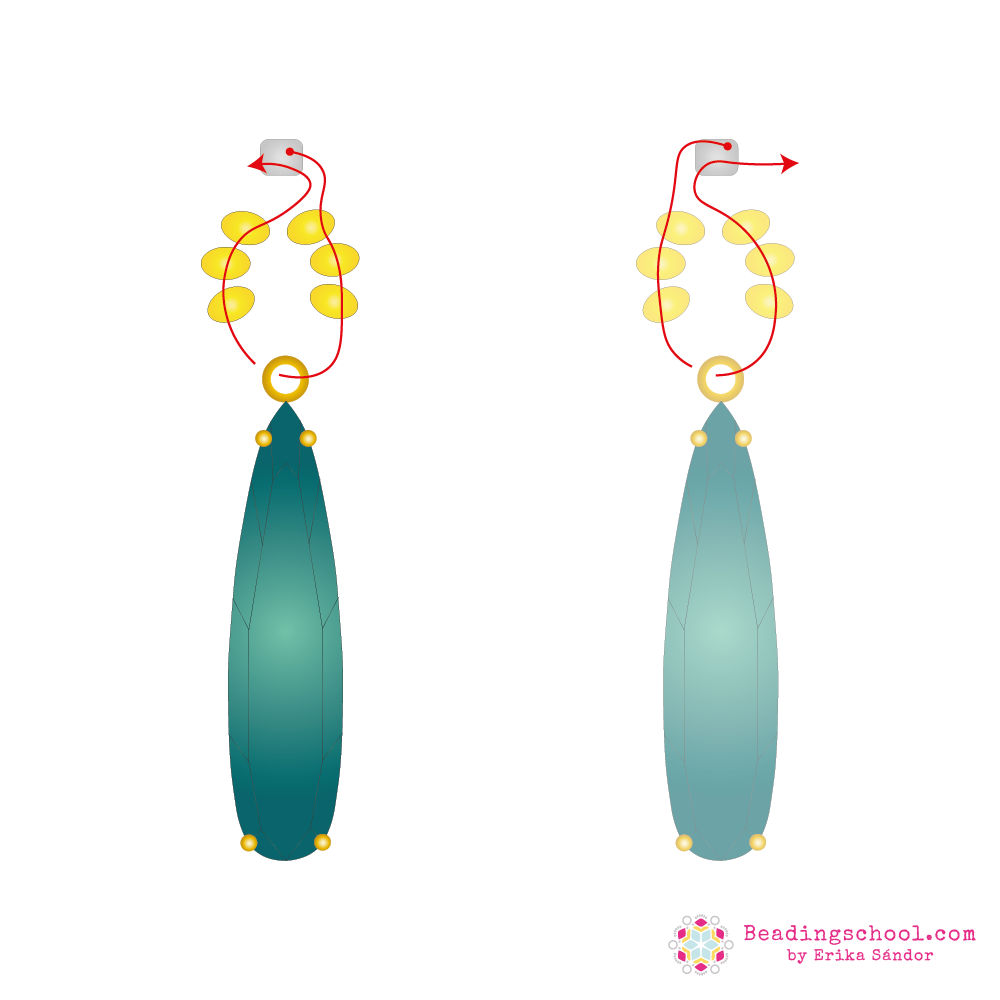
What if the loop is turned to the ‘wrong way?’
I used to hate it when this happened, but since I figured out a simple solution, I like the look of this even more than the case that I showed you before.
This is what you need to do:
Bead through the joint bead. Pick up a group of 15/0 seed beads. Bead through the loop of the component from the front to the back, and pick up the same number of 15/0 seed beads. Instead of beading through the joint bead in the same direction as before, bead through it in the opposite direction. If your thread was hanging from left to right before picking up the first group of 15/0 beads, bead through the joint bead from the right to left this time.
Bead back through the second group of 15/0 beads, the loop of the component from back to front, and the first group of 15/0 seed beads that you picked up. Finish by beading through the joint bead again – in the original direction, before picking up the new beads and the component.
Since the beads are attached from both sides, they are evened out and they settle exactly in the middle, covering the top part of the loop, hanging exactly in the middle below the joint bead. If you want, you can retrace the thread path and skip the joint bead to create a teardrop-shape, like in the first case with the hole running from right to left.
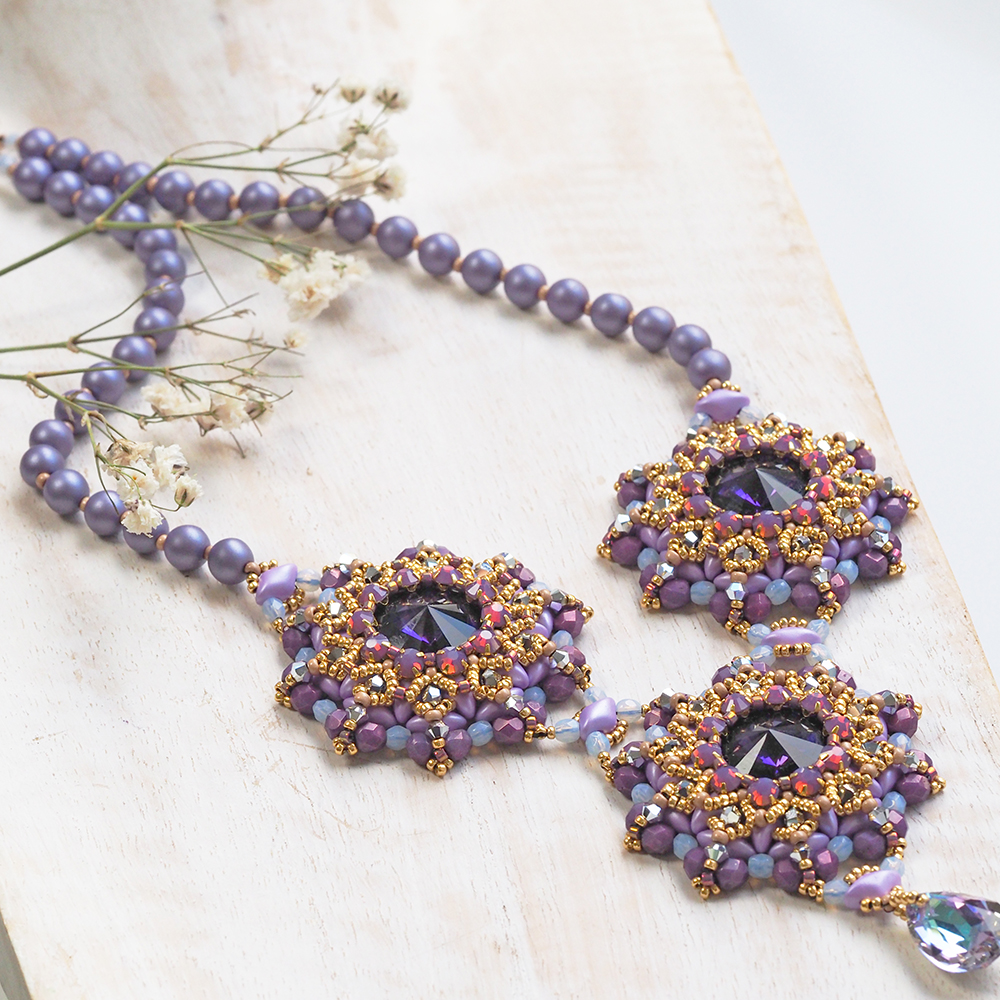
This is how I join all my clasps, earring findings, crystal connectors, and glass drops in metal settings. The same solution works for crystal drops, too, as you can see in the new Anthea necklace. While for metal components most of the time groups of (3) size 15/0 seed beads work well, with pendant drops I often need to adjust the number of seed beads.
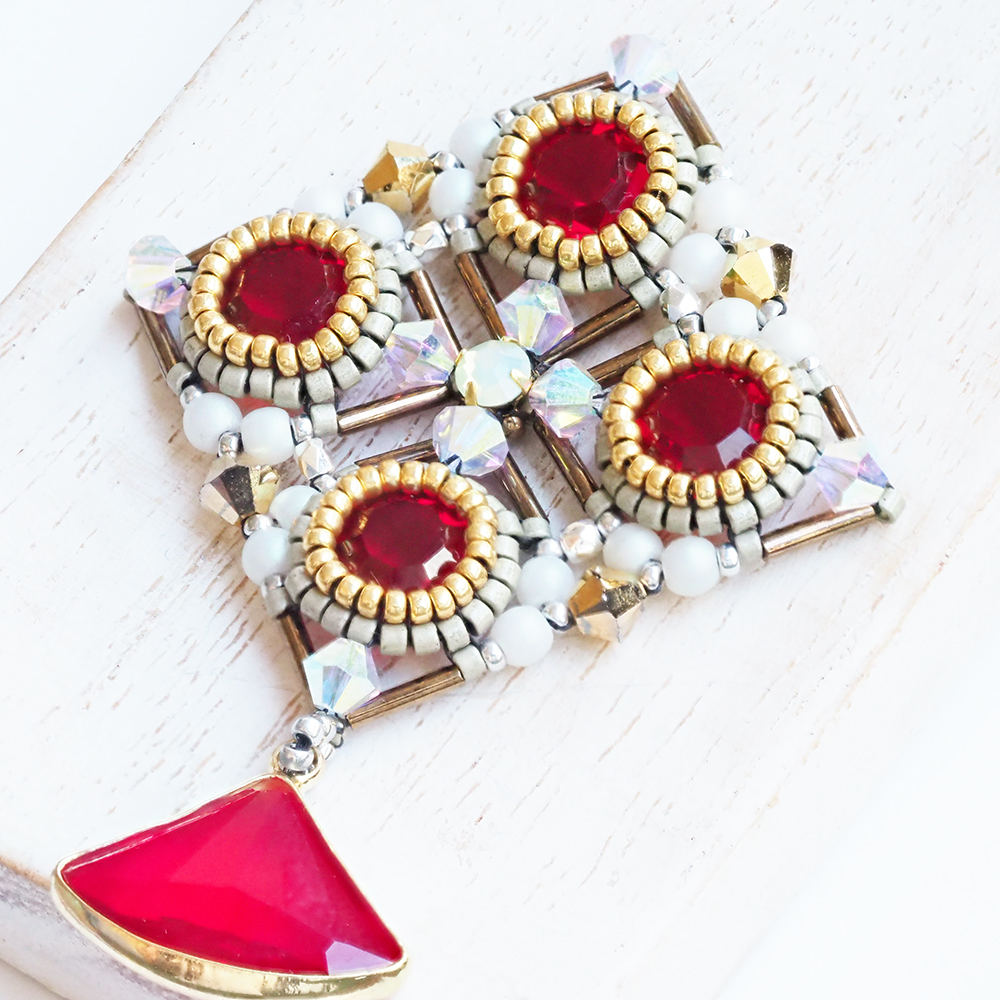
Some extra tricks and tips
If you absolutely have to use jumprings for connecting elements, use an oval-shaped one instead of a regular circle. It means that the thread is less likely to slip through the opening of the jumpring, since it’s always turning to the side, while the thread is running at the top and bottom of the jumpring. Of course, this isn’t important if you can use soldered jumprings without a gap.
You can layer extra components on top of each other. Sometimes you need to add a 15/0 seed bead in between, sometimes they can go right after one another. You can use some E-6000 glue to attach them to each other, so they act as one piece – this is how I fixed the glass drop in metal setting on top of the filigree in the Louisiana earring.



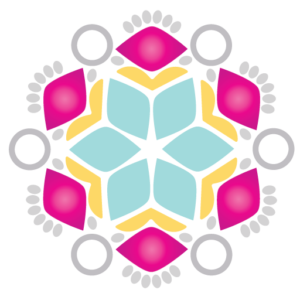
Thank you Erika for all your advice, which you so generously offer. I love metal components in jewelry. Just yesterday I made a pair of earrings without needing a pattern, just from materials from Beading School.